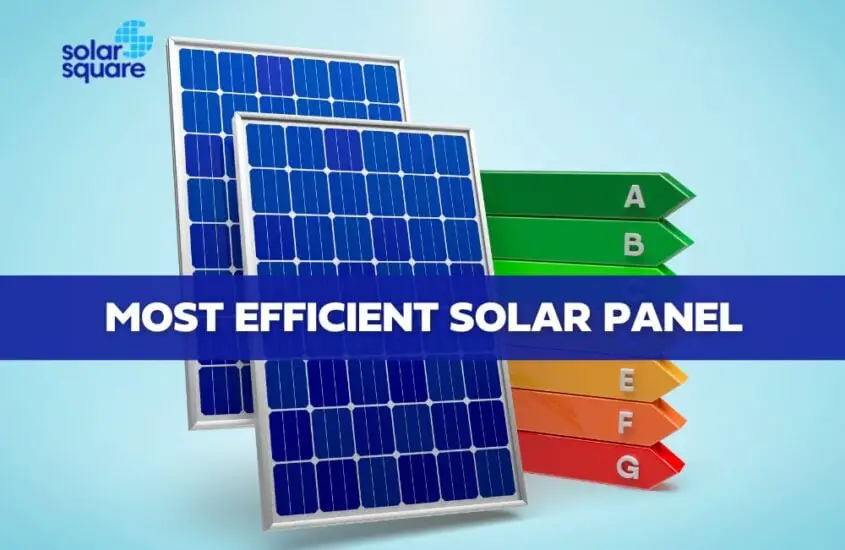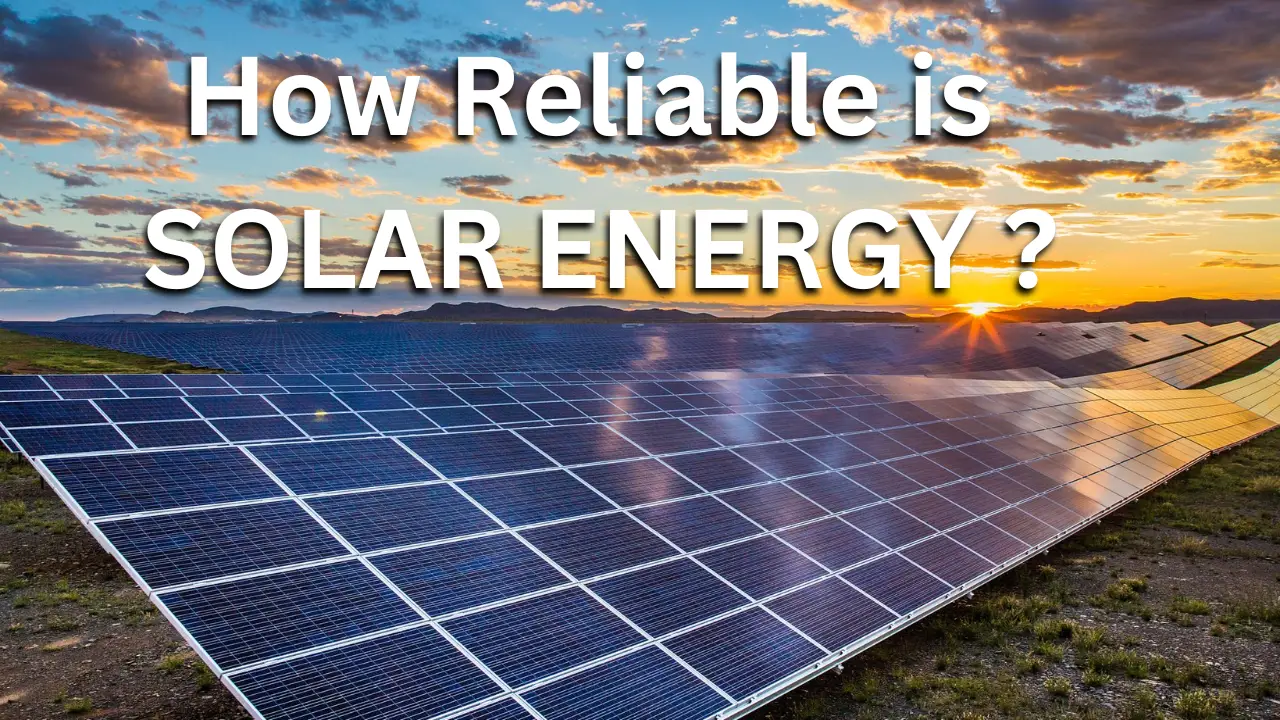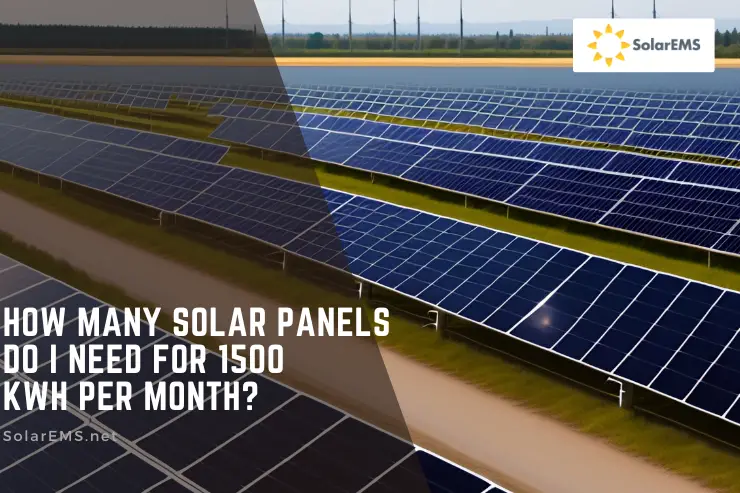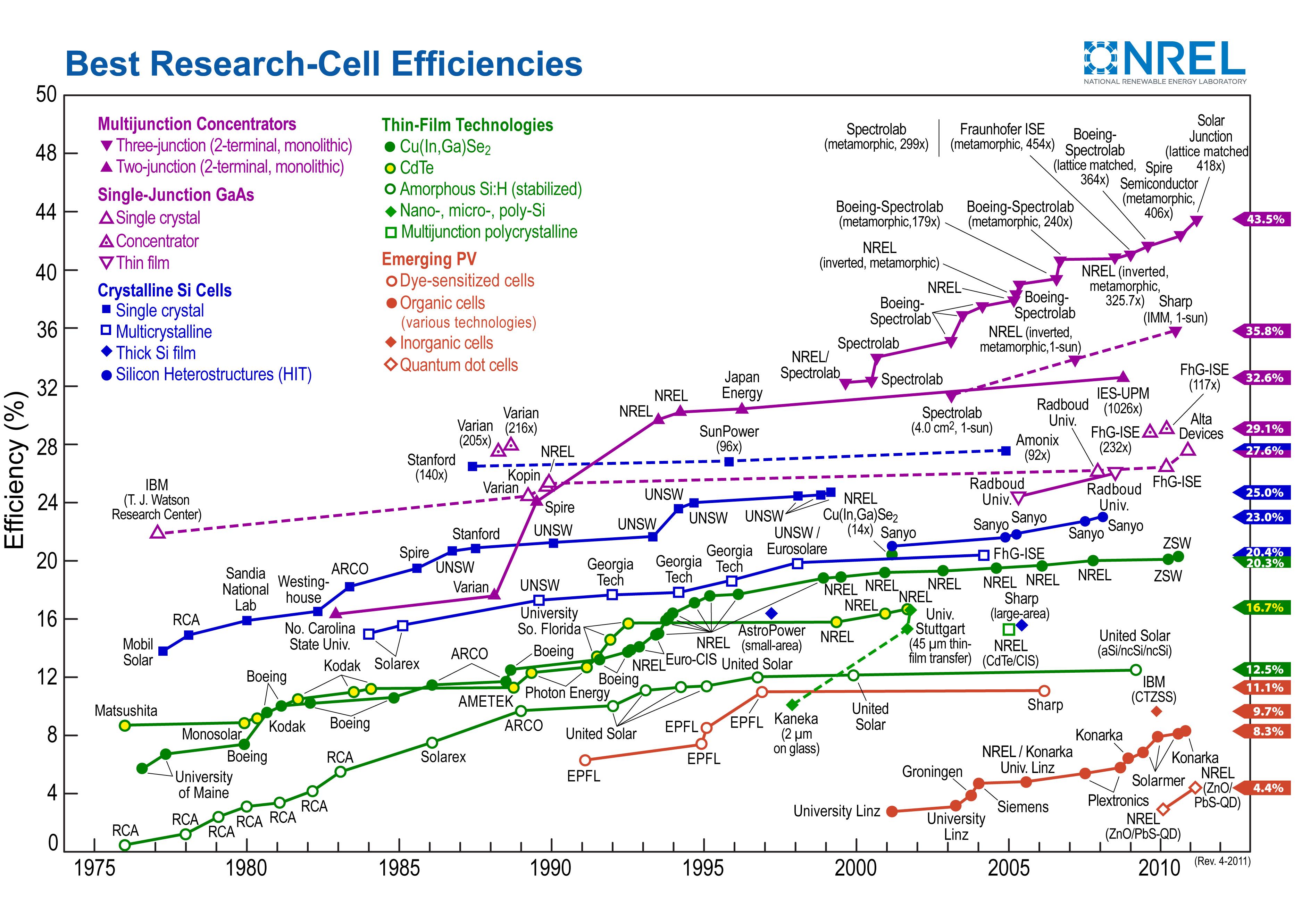
Solar energy, a renewable form of electricity captured from the sun’s rays, has gained immense popularity due to its sustainability and cost-effectiveness. Solar panels, which convert sunlight into electricity, are becoming increasingly common in residential and commercial buildings. Understanding solar panels’ efficiency is fundamental to harnessing the maximum potential of this technology. This article delves into the concept of solar panel efficiency and provides a systematic approach to calculating it.
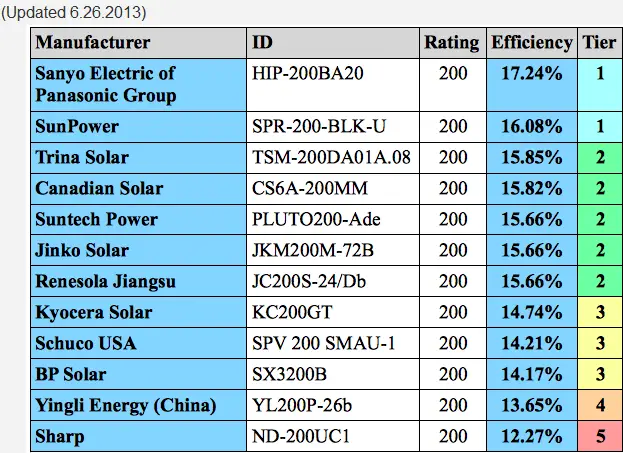
Factors Influencing Solar Panel Efficiency
Solar Cell Technology:
- Monocrystalline Solar Cells: Highest efficiency, most expensive.
- Polycrystalline Solar Cells: Less efficient, more affordable.
- Thin-Film Solar Cells: Lower efficiency, lower cost, flexibility.
Panel Design:
- Cell Efficiency: The efficiency of individual solar cells in a panel.
- Packing Factor: The percentage of the panel’s surface covered by solar cells.
- Shading Losses: Minimizing shading to maximize sunlight absorption.
Environmental Conditions:
- Irradiance: The amount of sunlight reaching a panel, affected by weather, time, and location.
- Temperature: Higher temperatures reduce a panel’s efficiency.
- Orientation and Tilt Angle: Optimizing panel placement for maximum sunlight exposure.
System Components:
- Inverters: Convert DC power from panels to AC power for use.
- Wiring and Mounting: Minimize energy losses and ensure proper connections.
- Maintenance and Cleaning: Keep panels clean and free of debris.
Age and Degradation:
- Linear Degradation: Gradual loss of efficiency over time.
- Failure Rate: Monitoring panel performance to identify defective cells.
- Manufacturer Warranty: Typically cover performance and production guarantees.
Calculating Solar Panel Efficiency
Determine Peak Wattage:
- Locate the solar panel’s nameplate, which displays its peak power rating in watts.
Calculate Irradiance:
- Use a solar irradiance calculator considering geographical location and time of year.
Adjust for System Losses:
- Consider inverter efficiency, wiring losses, temperature effects, and shading.
Use the Formula:
- Efficiency = (Actual Power Output / (Irradiance × Panel Area)) × 100%
Conclusion
Solar panels are efficient devices that convert sunlight into electricity, offering a sustainable and cost-effective energy solution. Understanding the various factors that impact solar panel efficiency is crucial to optimizing system performance and ensuring maximum energy generation. By considering solar cell technology, panel design, environmental conditions, system components, and age-related degradation, homeowners and businesses can make informed decisions when selecting and installing solar panels to harness the sun’s power effectively.

